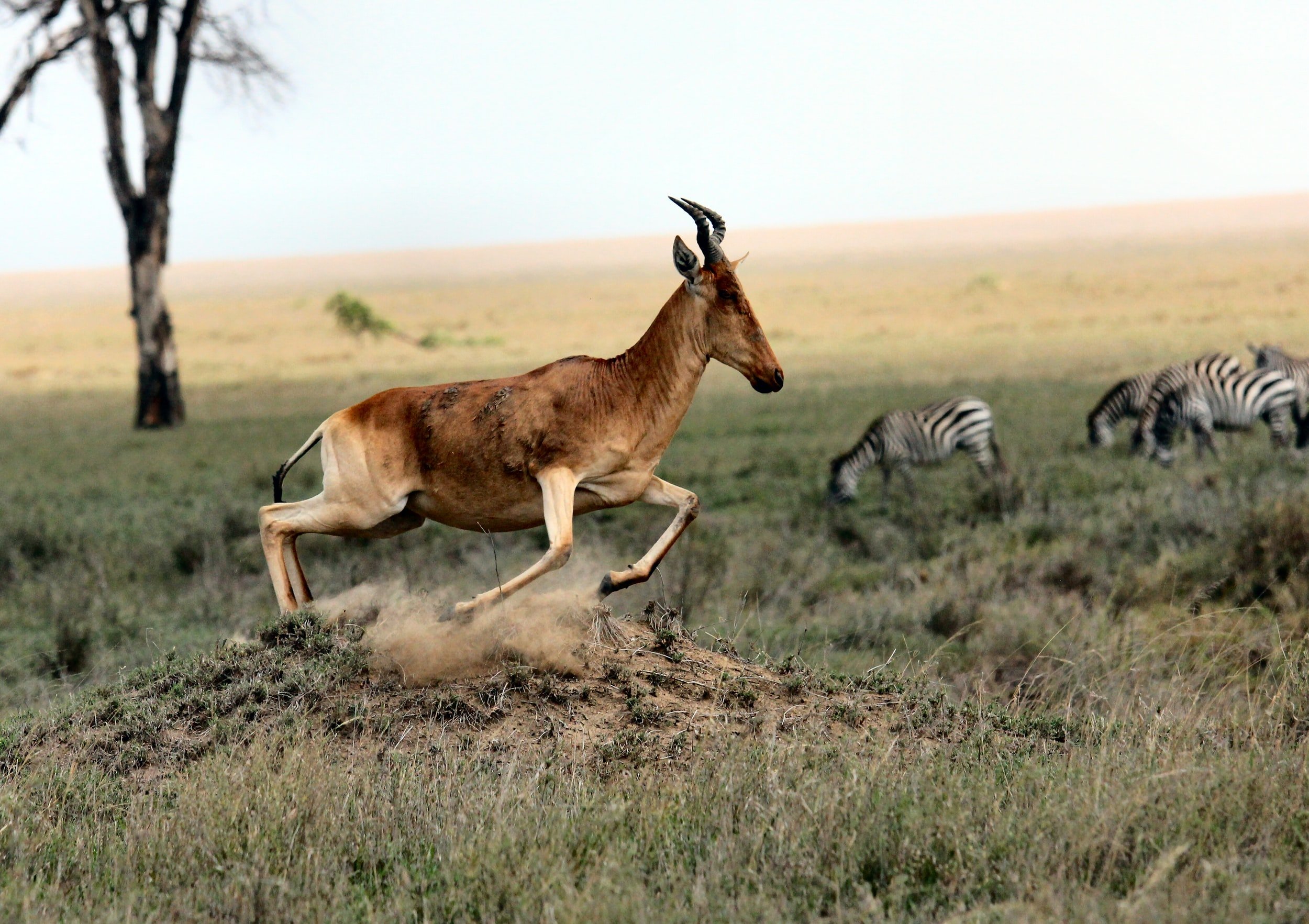Aviary, Cuckoo in the Woods, Hens and Roosters (Flute, Clarinet, Violins)
Desert birds make the most of very little. They tuck into the shade in the heat of the day, so they won't lose water in panting. They have extremely efficient kidneys, so they excrete almost no liquid. And they obtain moisture from foods, like nectar and fruit as well as insects and other prey.
Birds or mammals can conduct heat from their bodies to the environment by decreasing the insulating value of feathers or fur. On a hot day, a curve-billed thrasher sleeks its feathers which creates a thinner insulating layer.
Birds have some advantages over mammals in dealing with heat. The normal body temperature of birds is generally higher than that of mammals. This higher body temperature means that a Gambel's quail, for instance, with a body temperature of 107*F (42*C), can continue to conduct heat to the air until the ambient temperature reaches 107*F. (A coyote, by comparison, has a body temperature of 102*F.) Also, by dilating the blood vessels going to its bare scaly legs, a bird can dump excess body heat to the environment. A bird's leg temperature may increase 15*F (9.5*C) after its blood vessels dilate. Thus, a hot bird sleeks its feathers and stands tall to expose its legs to the air.
https://www.desertmuseum.org/books/nhsd_adaptations_birds.php








